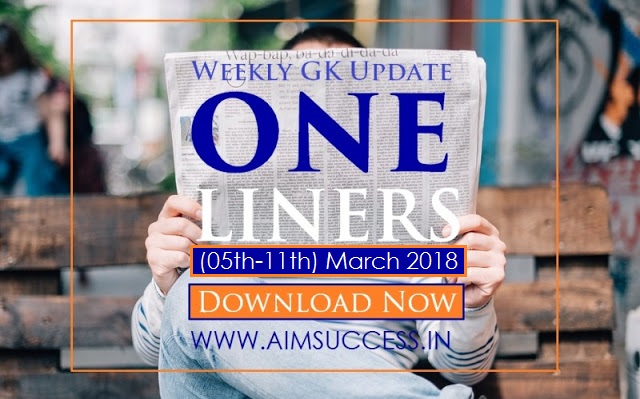Reasoning MCQ for SBI Clerk Prelims 2018: 25 June
Directions (Q. 1-5): In each question three statements followed by three conclusions numbered I, II and III have been given. You have to take the given statements to be true even if they seem to be at variance with commonly known facts and then decide which of the given conclusions logically follows from the given statements disregarding commonly known facts.
1. Statements: All boards are chairs.
No board is a table.
Some tables are benches.
Conclusions: I. Some chairs are not tables.
II. All tables are not boards.
III. At least some benches are not boards.
1) Only I follows 2) Only I and III follow
3) Only III follows 4) All I, II and III follow
5) None of these
(2-3):
Statements: All rocks are mountains.
Some stones are rocks.
All bricks are stones.
2. Conclusions:
I. All mountains being stones is a possibility.
II. Some stones are not bricks.
III. At least some rocks are definitely stones.
1) Only I follows 2) Only I and III follow
3) Only II follows 4) All I, II and III follow
5) None of these
3. Conclusions: I. At least some mountains are not rocks.
II. All bricks being mountains is a possibility.
III. No brick is a rock.
1) Only I follows 2) Only II follows
3) Only III follows 4) None follows
5) None of these
4. Statements: No jungle is a tree.
Some trees are plants.
No plant is a root.
Conclusions:
I. No root is a plant.
II. Some plants are not jungles.
III. No tree is a root.
1) Only I follows 2) Only I and II follow
3) Only III follows 4) None follows
5) None of these
5. Statements: All gates are doors.
No window is a gate.
All doors are homes.
Conclusions:
I. All gates are homes.
II. Some homes are not doors.
III. Some doors are windows.
1) Only I and II follow 2) Only III follows
3) Only I follows 4) None follows
5) None of these
Directions (Q.6-10): Each of the questions below consists of a question and two statements numbered I and II given below it. You have to decide whether the data provided in the statements are sufficient to answer the question. Read both the statements and give answer
- if the data in statement I alone are sufficient to answer the question, while the data in statement II alone are not sufficient to answer the question.
- if the data in statement II alone are sufficient to answer the question, while the data in statement I alone are not sufficient to answer the question.
- if the data either in statement I alone or in statement II alone are sufficient to answer the question.
- if the data in both statement I and II together are not sufficient to answer the question.
- Xif the data in both statement I and II together are necessary to answer the question.
6. How is ‘since’ written in a code language?
I. In a certain code language ‘least inflation higher growth’ is written as ‘ka pi lm st’.
II. In a certain code language ‘least growth since recession’ is written as ‘si ka pi ta’.
7. Among A, B, C, D, E and F, each has a different weight. Who is the lightest?
I. A is not the lightest. C is heavier than D but lighter than A.
II. B is lighter than only E. F is lighter than B but heavier than A.
8. How is R related to Q?
I. T is wife of one of the sons of Y and mother of grandson of father of X.
II. R is mother of X. X is father of Q but Q is not daughter of wife of X.
9. Which date in the month of May is definitely Mohit’s father’s birthday?
I. Mohit correctly remembers that his father’s birthday is after 14th but before 18th of May.
II. Mohit’s sister correctly remembers that their father’s birthday is after 16th but before 20th of May.
10. Among E, G, H, I, J and K, who is second to the left of G? All are sitting around a circular table facing the centre.
I. J is the immediate neighbour of H and G. K is second to the left of E.
II. I sits opposite J and is the immediate neighbour of K and E. H is third to the left of E.
Answers:
- 4
- 2
- 2
- 2
- 3
- 4
- 5
- 2
- 5
- 5











